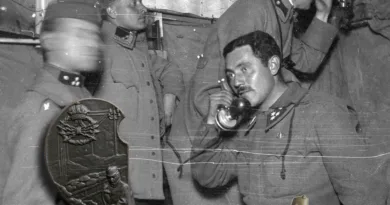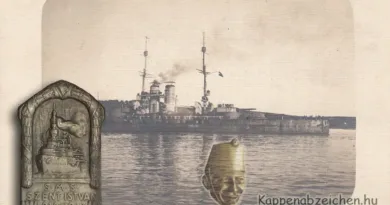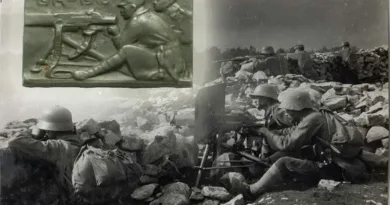Mace
The Great War was quickly transformed from a moving warfare into a trench fight. The large-scale, open-air attacks began with infantry salves, followed by a melee with the arrival of the attacking troop. In this, the main role was played by the bayonets mounted on rifles: it could be used as a kind of spear. The bayonet-mounted rifle was unsuitable for the use in the trenches. Neither the attackers nor the defenders had enough space to use it. Thus, the bayonet was quickly removed from the rifle and transformed into an assault knife.
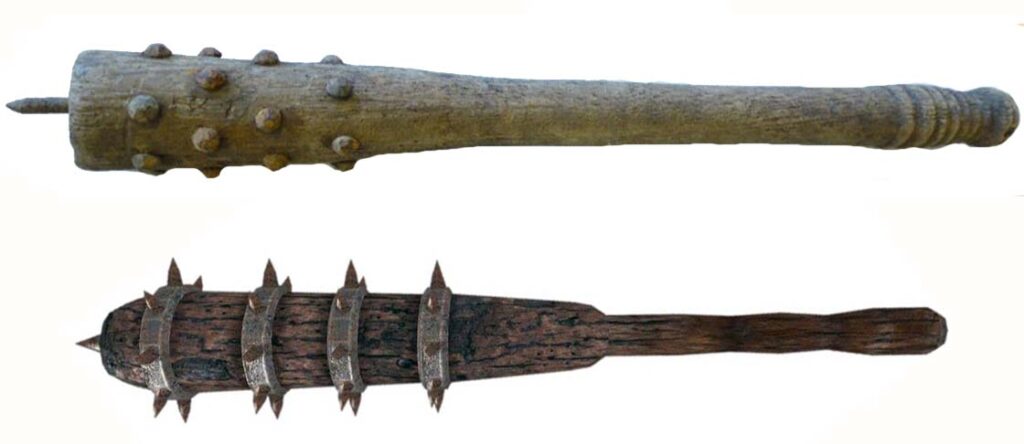
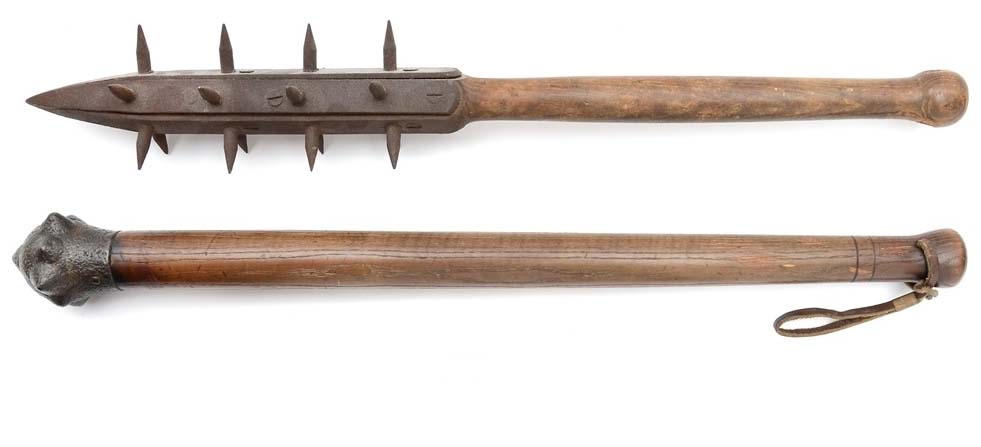
In addition to stabbing weapons, other close combat devices were also used. These were regularized in large numbers on every front by every fighting party. Mace-like combat weapon was made in an endless variation of layouts. Museums dealing with the Great War also exhibit a large repertoire of these. I have already mentioned the mace of the 20th Infantry Division, the “twenties”. In this post the emphasis is on the mace, we can see pictures of different specimens.
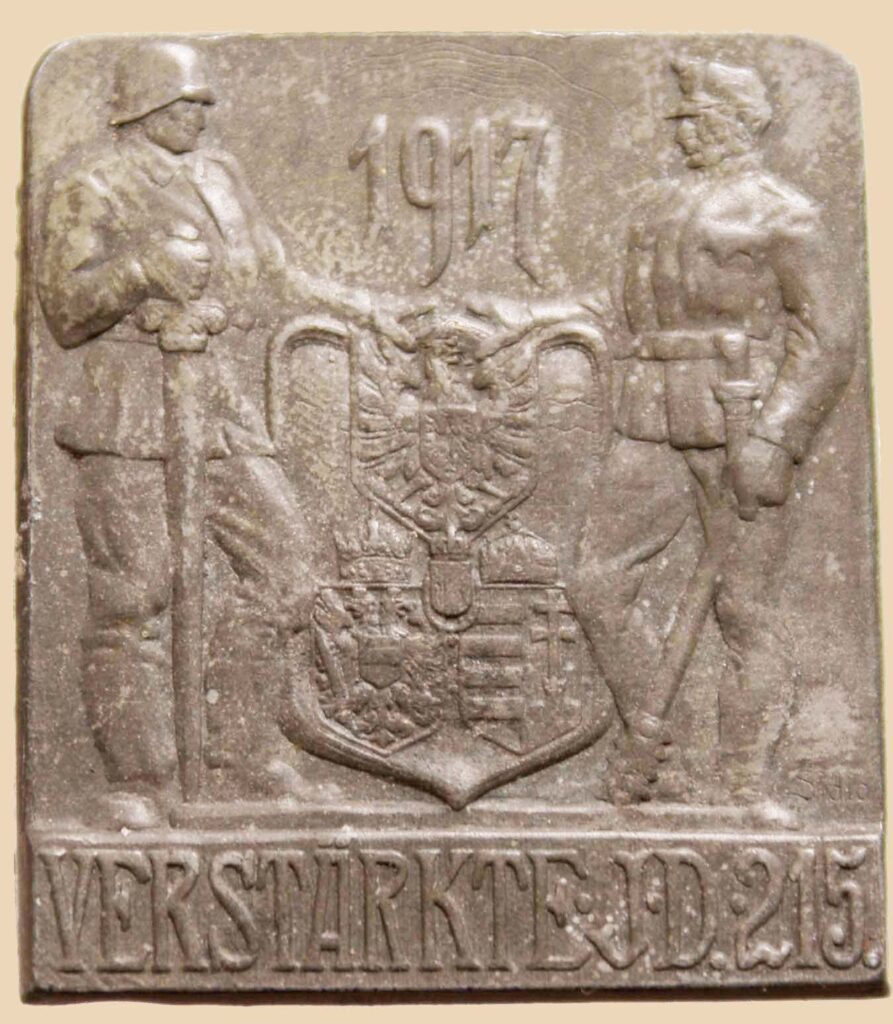
There was also a badge on which the mace appeared. I have already presented the beautiful Karst badge of the 20th Division here. In this post we also see a mace badge related to the 20th Division. It is entitled “Reinforced Division 215”. The name is strange at first, as the Monarchy did not have such a division. The soldier on the badge, on the other hand, clearly shows the Monarchical attachment, not to mention the manufacturer (Gurschner). The solution is the German 215th Division, within the framework of which the 20th Honvéd Division was also subordinated in the autumn and winter of 1916. They were the reinforcement. Mixed with the Germans, the twenties stood on the Russian front, which was more peaceful at this time.


